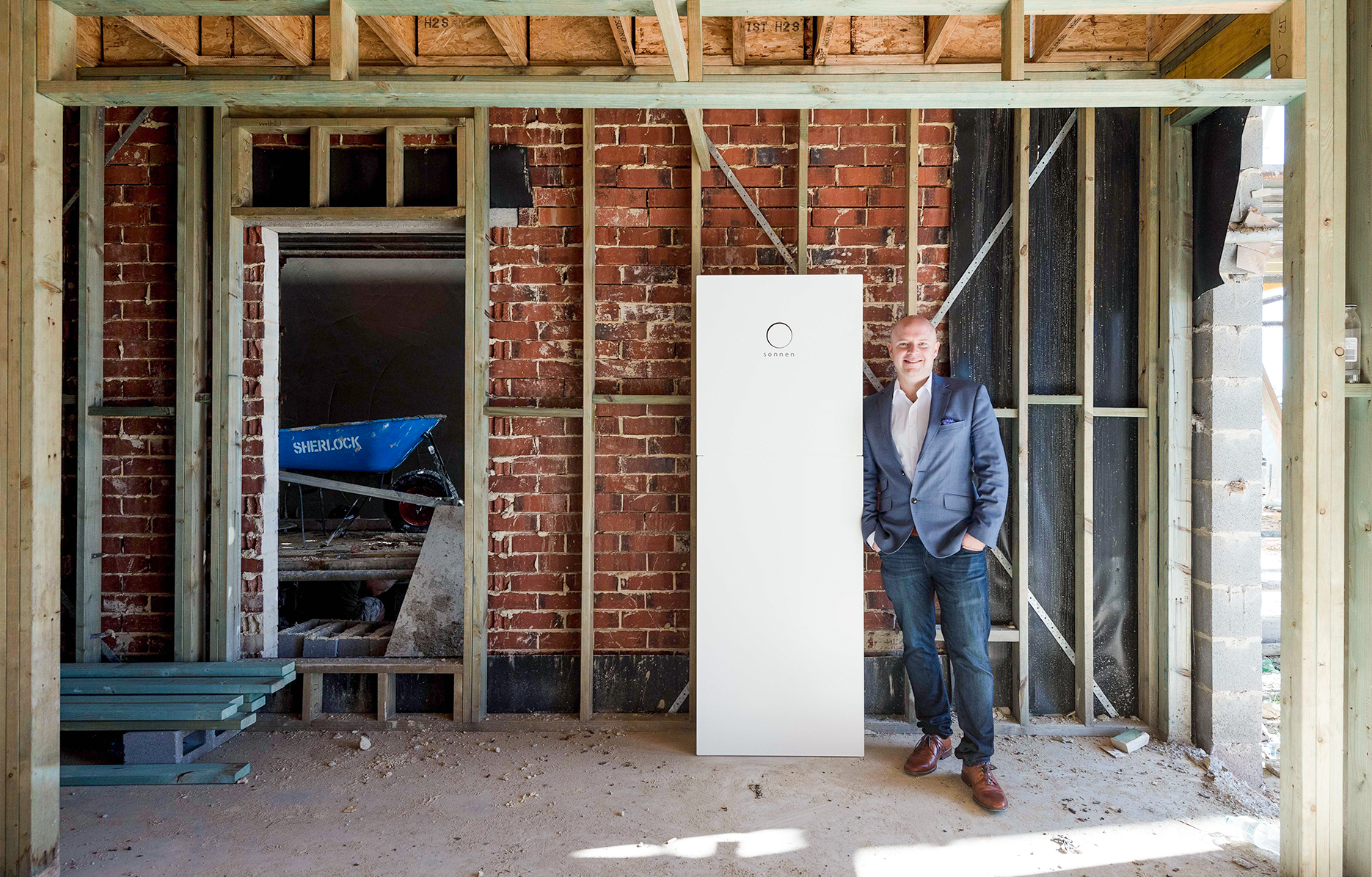

On October 11th, a new Australian Standard was introduced. AS/NZS 5139:2019, aims to service the gap in safety guidance for the battery storage sector. This includes the safety of battery system installations.
This Standard sets out installation and safety requirements for battery energy storage systems (BESSs), where the battery system is installed in a location, such as a dedicated enclosure or room (often your garage), and is connected with power conversion equipment (PCE) to supply electric power to other parts of an electrical installation.
The scope of the standard includes battery storage systems with a rated capacity equal to or greater than 1 kWh and no more than 200 kWh. These can be either of the leading technologies, lead acid or lithium batteries.
Much of this standard is common sense, like the provision to make it clear not to install a battery storage device in ceiling spaces, wall cavities, on roofs, under stairs/access walkways.
If you buy an electric car, you can charge that at home from a standard outlet, but another approach is to install a battery storage system that is typically connected to a solar system on the roof.
By charging your electric car, from the power you’ve captured and stored, it’s a far cheaper option than pulling power from the grid. When installing this home battery storage, it is important to use a licensed installer and now important to use someone who understands this new standard.
“A project of this complexity would not have been possible without the support of industry representatives, government and regulators, consumer representatives and technical experts. Given there has never been an Australian standard for this new technology, developing this guidance has been a huge task and is a testament to the dedication of those involved.”
Head of Stakeholder Engagement, Daniel Chidgey.
Another use for home battery storage is to timeshift your power. This involves charging up your battery during the day when the sun is shining and often nobody’s home. Then when everyone is paying the most for power, you can leverage the energy stored in the battery.
Battery storage also helps in those areas that suffer from frequent outages in energy supply. As we head towards summer and peak energy demand on the grid, having your own energy storage could mean you’re able to use your technology, while the rest of your street is in darkness.


“This standard achieves a lot for the sector by applying a risk-based process to ensure appropriate installation methods are applied depending on the hazards that are identified.”
Mr Sandy Atkins from Standards Australia’s Technical Committee responsible for the standard.
The standard has been developed for use by manufacturers, system integrators, designers and installers of battery energy storage systems. It intends to set out the requirements for the safety and installation of battery systems connected to power conversion equipment for the supply of AC and DC power.
“Although there were alternate technical positions raised throughout the process, this can occur in any consensus project.
This standard aims to ensure battery systems are safe, consistent, and reliable for the benefit of the Australian community.
The work calls for consideration of available information, safety objectives and the growth of new technology in complex areas. We are proud to have helped drive this key improvement for the sector.”
Mr Sandy Atkins from Standards Australia’s Technical Committee responsible for the standard.
While consensus was reached in the development of the standard, differing views have been put forward and considered by the committee of technical experts along the way.
“The work on battery storage standards in Australia will continue, with this being a new standard it is expected there will be future refinement as the industry evolves”
Head of Stakeholder Engagement, Daniel Chidgey
The standard is available for electricians to purchase for A$302.64 electronically in PDF, or in hard copy for A$336.27. You can see a preview of the standard at SAI Global.
